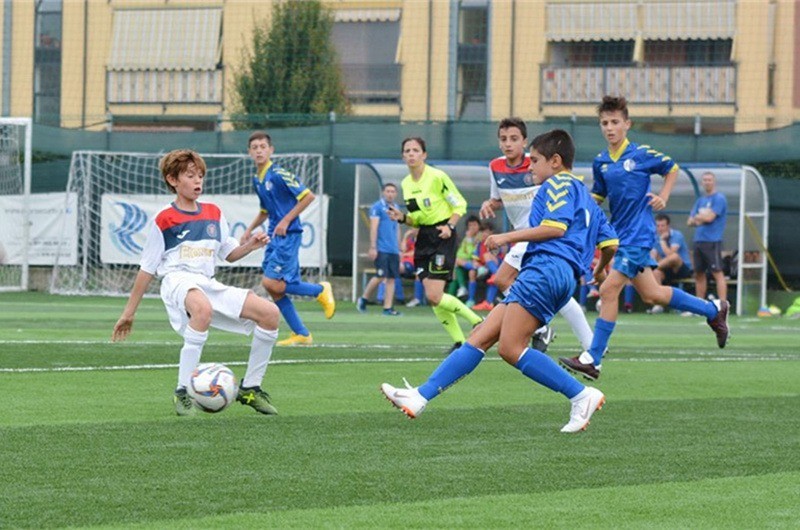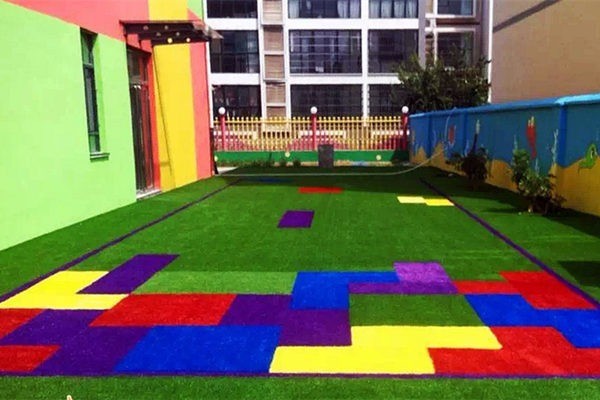Choosing the right surface for a kindergarten playground can be challenging. Traditional options often come with drawbacks. However, artificial turf has become a popular choice for its numerous benefits. In this article, we will explore the reasons why artificial turf is ideal for kindergarten playgrounds, emphasizing its safety, cleanliness, durability, and value for money.
Safety:
Artificial turf provides a softer landing surface that reduces the risk of injuries during playtime. Its advanced shock absorption properties create a cushioned environment, minimizing the impact of falls and tumbles.
Cleanliness:
Unlike natural grass, artificial turf maintains its cleanliness even after heavy rain. Its excellent drainage system allows water to quickly drain away, preventing muddy conditions and keeping children cleaner during play.
Stain-Free:
One of the significant advantages of artificial turf is that it eliminates the problem of grass stains on clothes. Children can freely engage in playful activities without the worry of ruining their outfits, providing peace of mind to parents and caregivers.
Extended Playtime:
Artificial turf withstands prolonged use and remains in optimal condition for long periods. Regardless of the weather, the surface stays durable, allowing children to enjoy uninterrupted playtime and maximizing their outdoor experiences.
Allergy-Friendly:
For children with allergies, artificial turf offers a safe option. It does not produce grass pollen or other allergens that can trigger respiratory or skin-related reactions, enabling all children to freely participate in outdoor play without concerns.
Durability:
Designed to endure heavy foot traffic and constant use, artificial turf is highly durable. It withstands the energetic activities of children, maintaining its integrity and performance over time. With some models offering up to 8 years of warranty, artificial turf proves to be a reliable and long-lasting playground surface.
Cost-Effectiveness:
Opting for artificial turf provides long-term cost savings. Its durability and low maintenance requirements reduce the need for regular upkeep, saving both time and money. Additionally, the elimination of mowing, watering, and pesticide usage results in reduced operational costs for kindergartens and schools.
Conclusion:
Installing artificial turf in kindergarten playgrounds offers a range of advantages, including enhanced safety, cleanliness, durability, and value for money. The soft and cushioned surface, resistance to mud and stains, extended playtime, allergy-friendliness, and long-term durability make artificial turf an excellent choice for creating a secure and engaging play environment. Moreover, the cost-effectiveness of artificial turf ensures a valuable investment for years to come, providing countless hours of fun and learning for children in kindergartens and schools.




